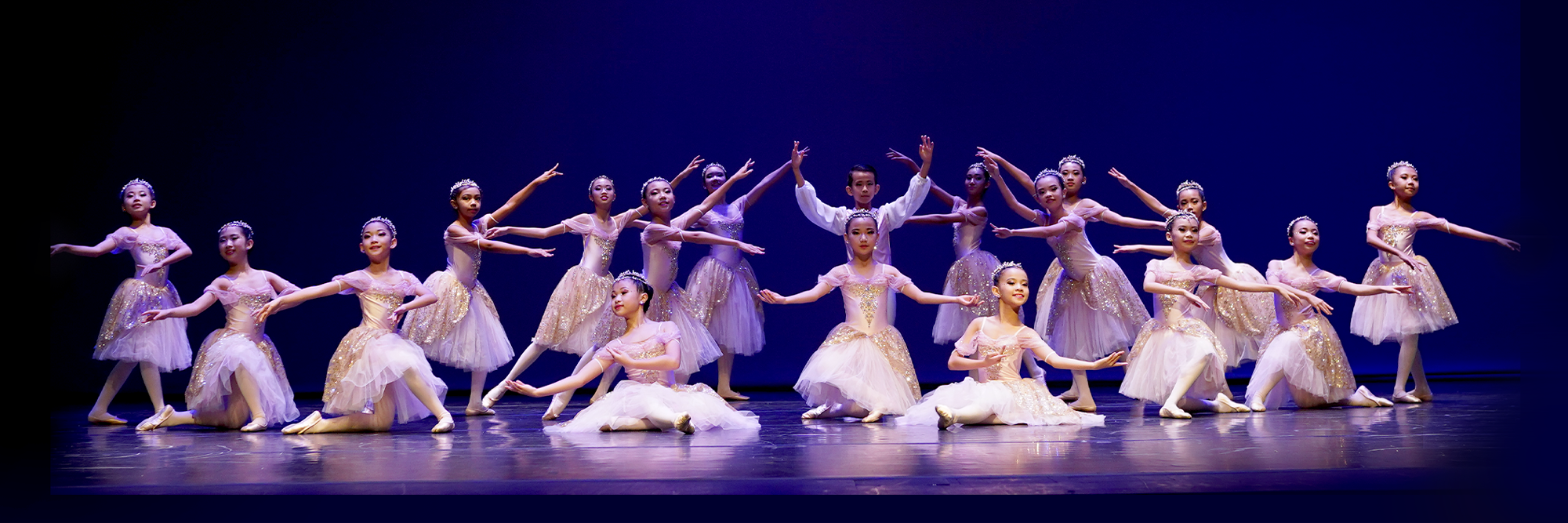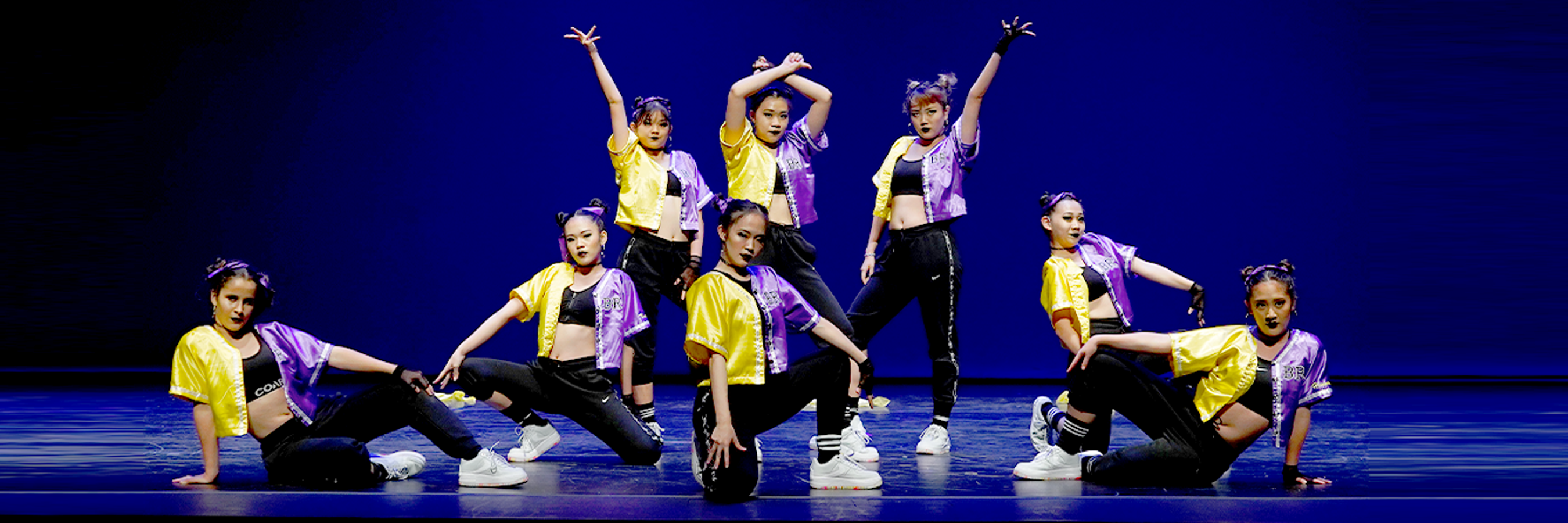Clarification on Similarities between Classical Ballet and Contemporary Dance
Contemporary dance and Ballet are two of the most widely recognized dance forms of our generation. Both enjoy worldwide fanfare and have successfully seeped into various forms of entertainment known to mankind today, in the form of theater, movies, songs and more.
In hindsight, these are two very different dance styles. However, that does not mean they don’t share similarities to each other. For instance, it is no secret that ballet has had a strong influence on contemporary dance techniques. Experts and dance enthusiasts can quickly draw similarities between classical ballet and contemporary dance.
You can say they are both dependent on each other (Contemporary more so than ballet) in order to spice up an otherwise generic dance routine. Contemporary dance in amalgamation with ballet can do wonders on stage.
Furthermore, people well-versed in ballet can confidently pull off some contemporary dance moves with ease. Same can be said for expert contemporary dancers as well. They too can hope to pull-off complex ballet moves if they are experienced with the contemporary counterpart.
This is why it important to understand the minor factors common between contemporary and ballet, especially for dancers who aim to become masters of both or either of the dance styles. Oddly enough, some people even confuse these two dance styles with regards to the music used and movement employed.
So, in this article we would like clarify the similarities that contemporary and ballet share with regards to these two key factors. But first, let’s understand what contemporary dance and ballet mean as unique dance styles.
What is Contemporary Dance?
Contemporary dance derives most of its moves and techniques from many modern styles and genres. While ballet is more traditional, contemporary has its roots firmly attached to the modern era of dance. Contemporary is also the most popular and widely performed dance form today. In fact, it is impossible to envision a dance academy or competition today that does not feature contemporary performers.
Contemporary dance is also way more flexible and provides ample freedom for dancer to simply let go and experiment with their own dance routines.
What is Ballet?
Ballet is a more classical type of dance whose roots can be traced all the way back to the renaissance era. It is a very popular type of dance from that is relatively more rigid and demands more intensity from its performers than contemporary.
The Similarities between Classical Ballet and Contemporary Dance
1 – The Music
It is a misconception that contemporary dance only employs fast music. In reality, both contemporary and classical ballet use slow music. Contemporary can be performed on various types of music, with slow classical rock and R&B being the most prominent options. Contemporary dance also uses classical music similar to the ones found in classical ballet to choreograph a dance routine.
2 – The Movement
Another vital similarity can be found in the slow movements that are employed in both the dance styles. Granted there are many contemporary dance routines that are fast and upbeat, there are contemporary routines that demand slow movement from their performers. Such routines borrow heavily from ballet to complete its choreography.
The Bottom Line
There are many factors that separate contemporary dance from classical ballet. However, it is a few crucial elements shared between both these styles that really stand out at the end of the day. Contemporary dance may harbor a variety of moves and possess versatility that is absent in ballet, but one cannot deny that ballet does have a strong influence on its modern counterpart.
Suffice to say, the similarities between classical ballet and contemporary dance may be few, but they are glaringly obvious, especially once you get more and more familiar with both of these dance forms.



















































































